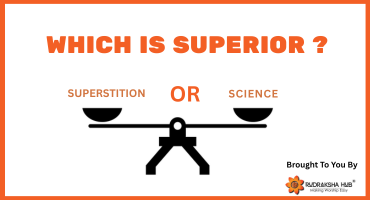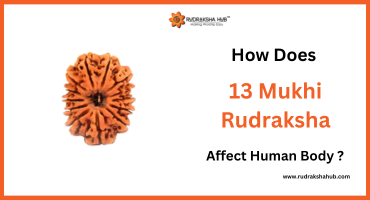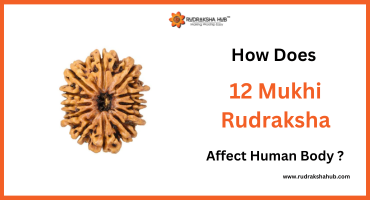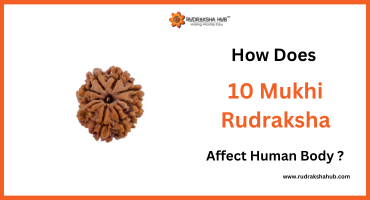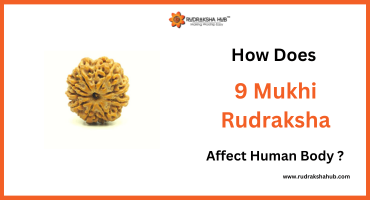
Jai Shri Ram..!!
Hello everyone… Once again we are back with another episode of Mindful Mondays where we discuss myths, facts, and mythological talks about religion, mythology, spirituality, and worship. We like to bring to you various facts and their stories every Monday so that we all know the why’s and How’s of the festivals we celebrate.
Ramnavami is celebrated at the end of Chaitra Navratri, which also marks the beginning of the Hindu New Year. There are 2 Navratris celebrated in Hindu culture, of which is Chaitra Navratri and the other one is Shardiya Navratri. Each of these has its importance and brings a different flavor. We will discuss these two Navratris in detail in our next video of Mindful Mondays.
Today we will talk about Ramnavami and its importance, story, and significance in Hindu mythology. It is believed that Lord Ram, the symbol of justice, truth, kindness, and bravery was the eldest son of King Dashratha, the ruler of Ayodhya. King Dashratha was a very brave and famous ruler who was married to Queen Kaushalya, Queen Sumitra, and Queen Kaikayi. Polygamy, or multiple marriages, in the times of rulers, was a common practice by the kings to expand their kingdoms and increase their powers. So King Dasharatha married the daughter of King Kaushal of Kosala kingdom, princess Kaushalya, who gave birth to the eldest son of King Dashratha, Lord Ram. His second wife Sumitra was the daughter of Kashi Naresh, the then King of Kashi/ Banaras. Sumitra gave birth to twins named Lakshman and Shatrughan. Lakshman and Shatrughan were twins, but Shatrughana was born a few hours after Lakshman and therefore, the third son Bharat was born between the gap. The third wife of King Dashratha was Kaikayi, who gave birth to the third son of King Dashratha, Bharat. Kaikayi was the daughter of King Ashwapati, the ruler of Kekeya, the land of fine horses. Being married to Kaikeyi added to the cavalry forces of King Dashratha.
While all the wives were married to King Dashratha, none of these wives were able to give birth to any of the children. This troubled King Dashratha in a very troublesome manner. He was getting old and he wanted to have a successor who could run his kingdom. This made King Dashratha go to his court preacher, Rishi Vashishtha. Rishi Vashishtha asked King Dashratha to conduct a Putrakameshti Yagya, the Hawan that gives blessing for childbirth. After the end of this Yagya, Agni Dev, the Lord of Fire came out and gave a fruit blessed with childbirth. All three wives were given this fruit and the Pooja Prasad made its claims successful. All three wives were pregnant and were expecting deliveries around the same time. The first wife Kaushalaya gave birth first around mid-noon time. This son was named Ram. Within a few minutes, the second son of Dashratha and firstborn of Sumitra, Lakshman was born. A few minutes later, the third son of Dashratha, Bharat, the son of Kaikeyi was born. The last son was a twin brother of Laxman, named Shatrughan. Since Ram was the firstborn, he was naturally the most loved and the apple of King Dashratha’s eyes.
Ram was the avatar of Lord Vishnu to provide the lesson of leadership, loyalty, bravery, and justice to the inmates of Earth. He was loved and worshipped by all the people of Ayodhya as he was the rightful heir to the throne of Ayodhya after King Dashratha. He was therefore called Lord Ram, the Lord of all the people to remove their miseries and heal them of their pains along with making them capable of handling their issues with logic themselves without being dependent on anyone else. To mark the birth anniversary of such an influential Hindu mythological figure, Lord Ram’s birth occasion is celebrated as Ramnavami. Since Lord Ram was born at the end of Chaitra Navratra, on the ninth day of Shukla Paksha, hence the day was named Ramnavami.
There are many different stories in different stories in many different works of literature and ethical texts. We at Rudraksha Hub have tried to present to you the crux of the most evidently accepted and followed literature written in Valmiki Ramayana and Tulsi Ramayana. In any manner, if there are some edits or some more details that we have not covered, kindly let us know by mailing us and we will acknowledge the same in our community posts. If there is a topic on which you want us to talk, kindly send the same to us on our mail ID (info@rudrakshahub.com). I will leave all the details of communication in our description and the end credits of this video.
Now that we have reached the end of this video, let us discuss Rudraksha Hub. We are a one-stop shopping destination for religious and spiritual requirements online. We are from Kashi and we only believe in providing 100% quality service for purchases and purchase assistance. Kindly check out our link in the description. I will also link the multiple videos that we have made in the description of this video. The text for this video will be published as a blog on our website and I will link the link to that also in the description. Check out the video here
Kindly like, comment, and share our video and subscribe to the channel to bring in more views. Do share with your friends and family and help us penetrate the roots of Indian culture, tradition, history, and spirituality with our engaging and informative posts. See you next week in our series of Mindful Mondays with a new mind-boggling fact. Till then, take care. Namah Parvati Pataye Har Har Mahadev..!!

